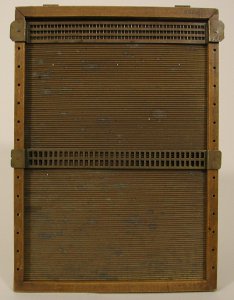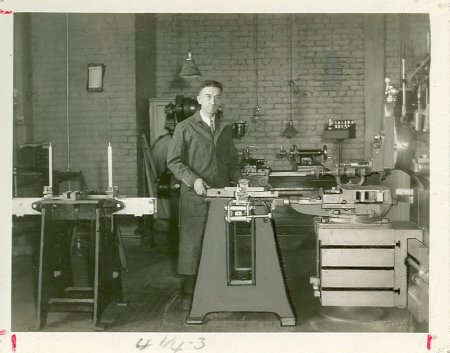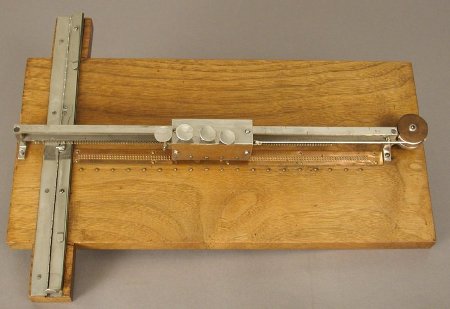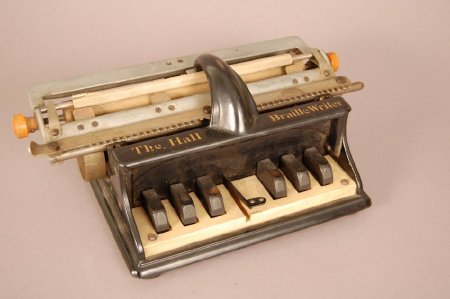The early tactile alphabets developed for people who were blind or visually impaired were difficult to produce without a printing press. Dot codes, however, could be easily written with simple hand tools. Charles Barbier, who introduced the dot system that inspired Louis Braille in 1821, also invented a writing frame. Braille simplified the design, enabling blind people to read what they had written and to write to other braille readers. The braille slate, used with a stylus that punches the dots, remains basically the same today as when originally invented. Frank Hall developed the first successful mechanical braillewriter in 1892. The Perkins Braillewriter, introduced in 1951, is the most widely used model today. Sometimes blind people needed to use manuscript or cursive writing. Handwriting guide boards were developed from cardboard embossed with raised lines or wood with parallel metal bars.



